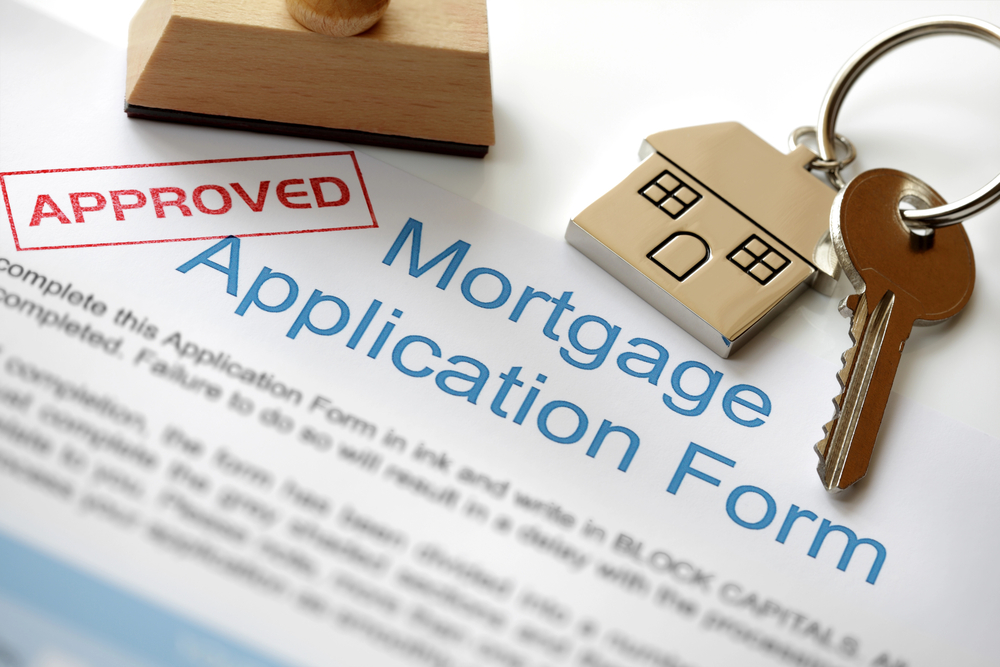07/15/2024: What Are the Pros and Cons of Fixed-Rate vs. Adjustable-Rate Home Loans?
Choosing the right type of home loan is one of the most critical decisions for potential homeowners, though it’s admittedly not as fun as choosing your Kansas, IL home itself! As you look into home loans, two primary mortgage types will come to your attention: fixed-rate mortgages (FRMs) and adjustable-rate mortgages (ARMs). Each comes with its own set of advantages and disadvantages that will influence your financial planning, stability, and long-term costs.
The Pros and Cons of the Major Types of Home Loans for Kansas, IL Buyers
Pros of Fixed-Rate Mortgages
Predictable Payments
The interest rate remains constant throughout the life of the loan, meaning your principal and interest payments do not change.
Protection Against Interest Rate Increases
With a fixed-rate mortgage, you are insulated from interest rate hikes. If interest rates increase, your mortgage rate doesn’t change.
Long-Term Planning
Fixed-rate mortgages are often preferred by those who plan to stay in their home for a long period. The stability of fixed payments allows for long-term financial planning and can be especially helpful for retirees or those with a fixed income.
Simplicity
Fixed-rate mortgages are straightforward and easy to understand. There are no surprises or complex calculations involved in determining your payments.
Cons of Fixed-Rate Mortgages
Higher Initial Rates
Fixed-rate mortgages usually have higher preliminary interest rates compared to adjustable-rate mortgages.
Less Flexibility
If interest rates fall significantly, you won’t benefit from the lower rates unless you refinance your mortgage. Refinancing can involve costs and fees, and there’s no guarantee that you will qualify for a new loan with better terms.
Opportunity Cost
The stability of fixed-rate mortgages comes at a cost. You may end up paying more in interest over the life of the loan if interest rates remain low or decrease.
Pros of Adjustable-Rate Mortgages
Lower Initial Rates
One of the most appealing features of adjustable-rate mortgages is the lower initial interest rates compared to fixed-rate mortgages. This can result in lower monthly payments during the initial period of the loan.
Potential for Lower Payments
If interest rates decline or remain stable, the interest rate on an ARM could adjust downward after the initial fixed period, resulting in lower monthly payments.
Flexibility for Short-Term Homeowners
If you plan to sell or refinance before the adjustable period begins, this could be perfect for you.
Potential for Lower Lifetime Interest Costs
In a declining or stable interest rate environment, ARMs can result in lower overall interest payments compared to fixed-rate mortgages.
Cons of Adjustable-Rate Mortgages
Interest Rate Uncertainty
The primary drawback of adjustable-rate mortgages is the uncertainty of future interest rates. After the initial fixed period, the rate can adjust based on market conditions.
Complexity
ARMs can be more complex than fixed-rate mortgages and often come with terms and conditions that can be difficult to understand without a special investment of your time (such as rate caps, adjustment periods, and indexes).
Potential for Higher Long-Term Costs
If interest rates rise over the long term, an ARM can end up costing more than a fixed-rate mortgage. The initial savings from lower rates can be offset by higher payments in the later years of the loan.
Which type of loan is right for you? Visit us at Prospect Bank in Paris, IL today, and we’ll help you decide.





